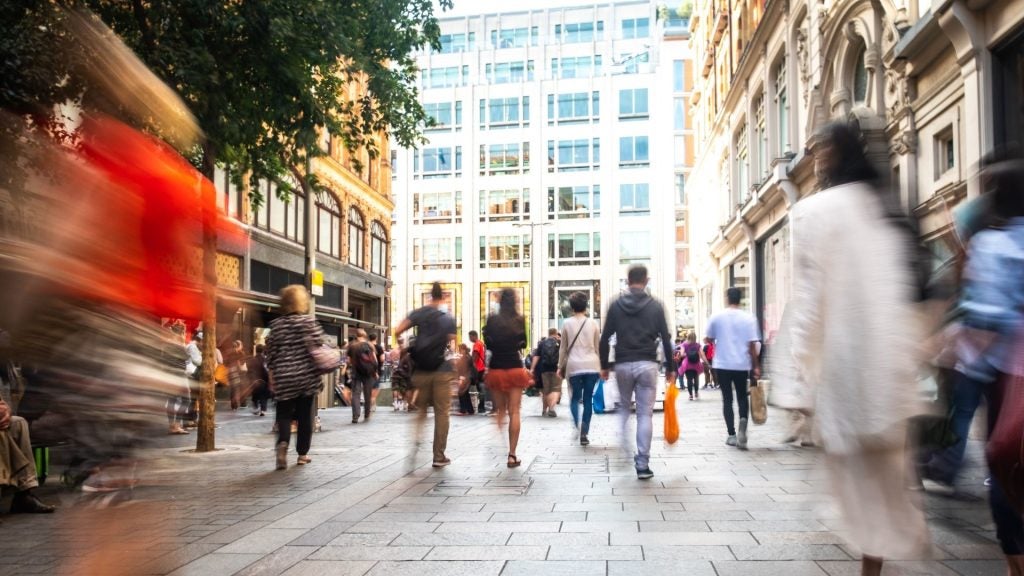Shop price inflation in the UK has fallen to its lowest level since November 2021, according to data from the British Retail Consortium (BRC) and NielsenIQ.
The country's annual inflation rate dropped to 0.6% this month (May), down from 0.8% in the previous month. This decline is attributed to a combination of factors, including:
Falling food price inflation: The cost of food rose at a slower pace in May (3.2%) compared to April (3.4%).
Fresh food inflation reached its lowest level since November 2021 (2.0%) while ambient food inflation remained higher (4.8%) due to global sugar price increases.
Non-food price deflation: For the second consecutive month, prices for non-food items fell year-on-year (-0.8% in May).
Retailers implemented price cuts on furniture and electronics, particularly TVs, likely to stimulate demand for big-ticket items ahead of the upcoming Euro 2024 football tournament.
Unusually wet weather in the early-year period is also believed to have contributed to lower sales and thereby increased promotional activity.
While welcoming the easing of inflation, Helen Dickinson, CEO of the BRC, called for further government action to support retailers: “Retailers are playing a key part in bringing inflation down, but future government policy must support this too. Retail plays a key role in every part of the country, from the smallest village to the largest city, employing millions of people, and serving millions more.”
“As the cost burden of new policies rises - from business rates to packaging taxes - this affects not just the businesses, but their customers too. With an election in a matter of weeks, it is vital that parties detail their support for customers and retailers in their upcoming manifestos,” Dickinson added.
The decline in shop price inflation offers some relief to households grappling with rising costs of living.
It could also influence the Bank of England's monetary policy decisions.
With inflation seemingly peaking, the bank might postpone raising interest rates, potentially easing the pressure on borrowers.
Despite this positive inflation trend, the domestic outlook for retail sales remains uncertain.
The recent drop in shop footfall and lower sales figures suggest that unseasonable weather may have dampened consumer spending.
However, analysts reportedly expect continued promotional activity and lower prices to encourage demand in the coming months.









